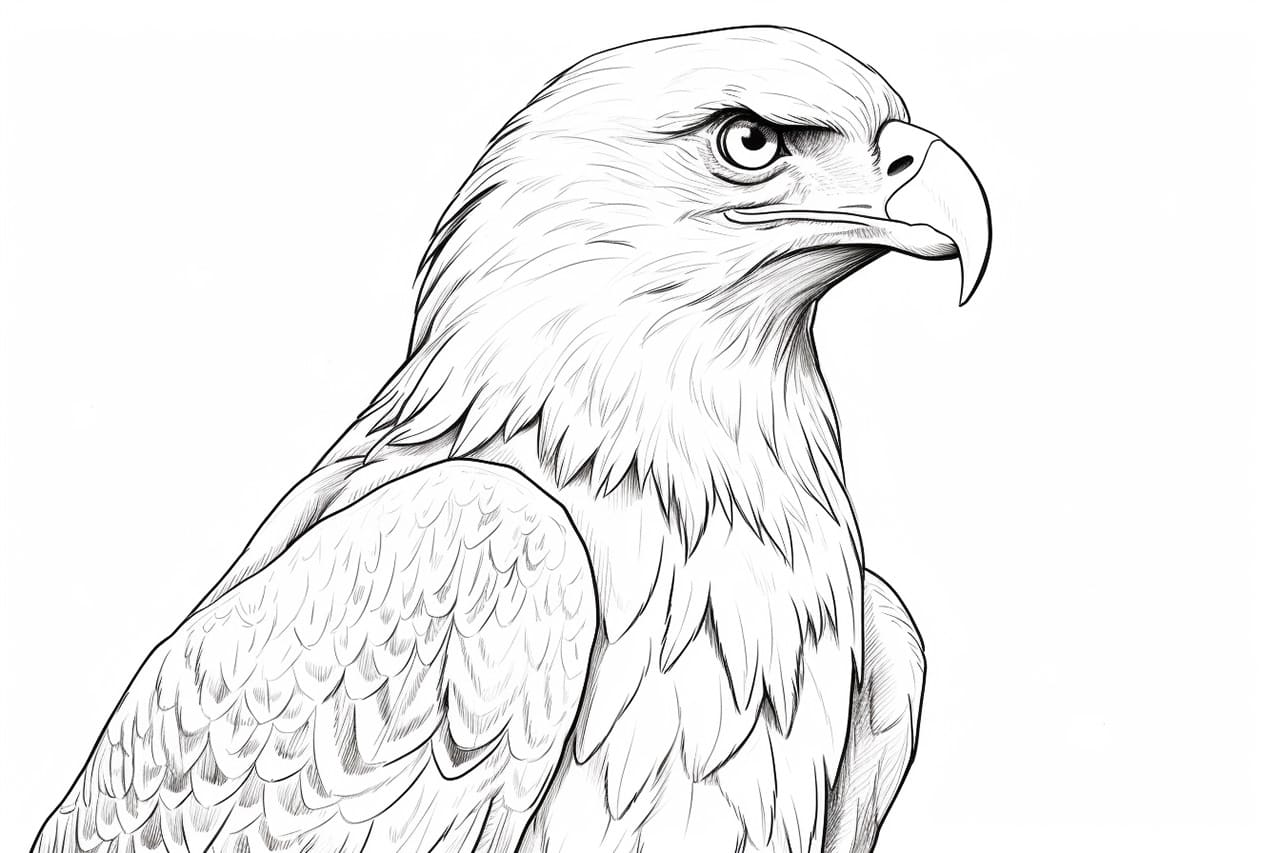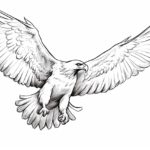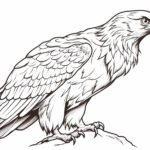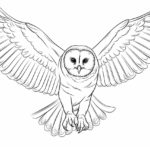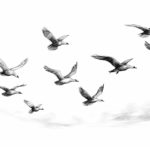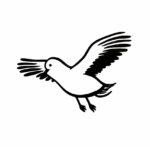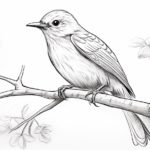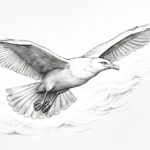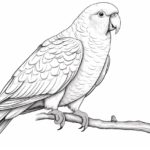Welcome to this step-by-step guide on how to draw a bald eagle. This tutorial will walk you through creating a detailed and realistic representation of this iconic bird. Whether you are a beginner or an experienced artist, follow these easy steps, and soon you’ll have a stunning bald eagle drawing.
Materials Required
Before we begin, let’s gather the necessary materials for this drawing:
- Drawing paper – a smooth and durable surface to work on.
- Pencils – a range of graphite pencils with different hardness levels (HB, 2B, 4B, 6B).
- Eraser – a kneaded eraser or a soft vinyl eraser.
- Pencil sharpener – to keep your pencils sharp and ready.
- Blending tools – such as a paper stump or blending tortillon.
- Reference image – find a clear and detailed photo of a bald eagle to use as a guide.
Now that we have everything we need, let’s dive into the drawing process!
Step 1: Sketch the Basic Shapes
Start by lightly sketching the basic shapes that make up the body of the bald eagle. Begin with a large oval for the body and a smaller oval for the head. Add curved lines for the wings and tail. Don’t worry about details at this stage, focus on getting the proportions and general shape right.
Step 2: Define the Body Proportions
Refine the proportions of the bald eagle’s body using the basic shapes as a guide. Add more definition to the head, neck, and torso. Pay attention to the angles and curves of the bird’s posture. Remember to keep your lines light and easily erasable, as we will refine them later.
Step 3: Add the Facial Features
Now it’s time to bring the bald eagle to life by adding its distinctive facial features. Draw a sharp beak using a combination of straight and curved lines. Add a small, round eye with a reflective highlight. Sketch in the shape of the eagle’s head feathers, paying attention to the direction and texture.
Step 4: Outline the Wings and Tail
Focus on the wings and tail of the bald eagle. Use long, curved lines to outline the shape of the wings, paying attention to the overlapping feathers. Extend the lines to create the primary and secondary feathers. Draw the tail feathers with a combination of curved and V-shaped lines, capturing their layered appearance.
Step 5: Refine the Details
Now that the basic structure of the bald eagle is complete, it’s time to refine the details. Start by adding the intricate patterns and texture of the feathers. Use short, curved lines to suggest the direction and flow of the feathers. Pay close attention to the reference image to capture the unique markings and details of the bald eagle.
Step 6: Shade and Add Depth
To give your drawing depth and dimension, it’s important to incorporate shading. Start by identifying the light source in your reference image. Use a lighter pencil (such as an HB) to lightly shade the areas that are facing the light. Gradually increase the pressure and switch to a softer pencil (2B, 4B, 6B) to add darker values to the shadows and crevices.
Step 7: Blend and Smooth
To create a more realistic appearance, blend and smooth out the shading using a blending tool. Gently rub the tool over the shaded areas to soften the lines and create a gradual transition between light and dark values. Be careful not to over-blend, as you want to maintain the texture of the feathers.
Step 8: Refine and Adjust
Take a step back and assess your drawing as a whole. Look for any areas that may need refinement or adjustment. Make any necessary corrections to the proportions, details, or shading. Remember, drawing is a continuous improvement process, so feel free to make changes until you are satisfied with the final result.
Wrapping Up How to Draw a Bald Eagle
Congratulations on completing your bald eagle drawing! By following these step-by-step instructions, you have created a stunning representation of this majestic bird. Remember, practice makes perfect, so keep honing your skills and experimenting with different techniques. With each drawing, you’ll continue to improve and develop your own unique style. Now go forth and create more amazing artworks!
Gallery of Bald Eagle Drawings
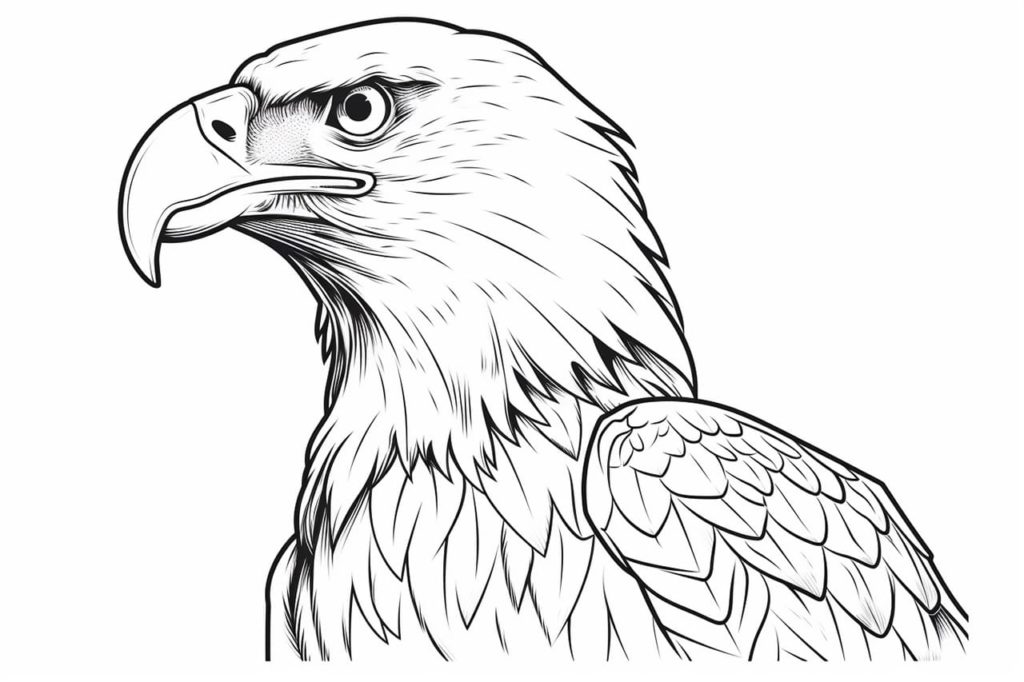
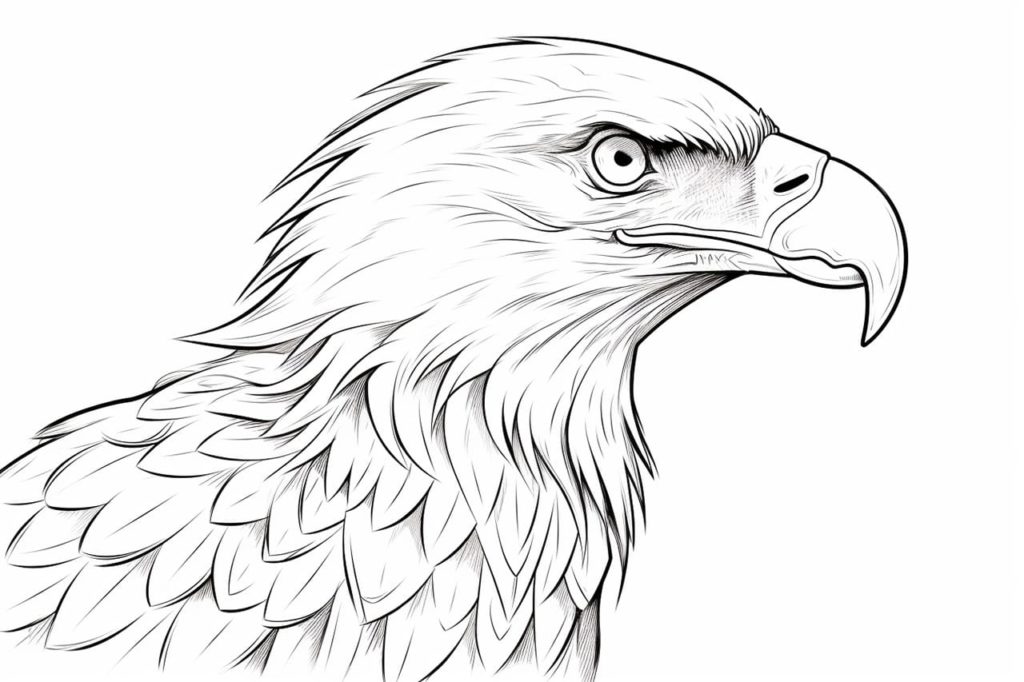
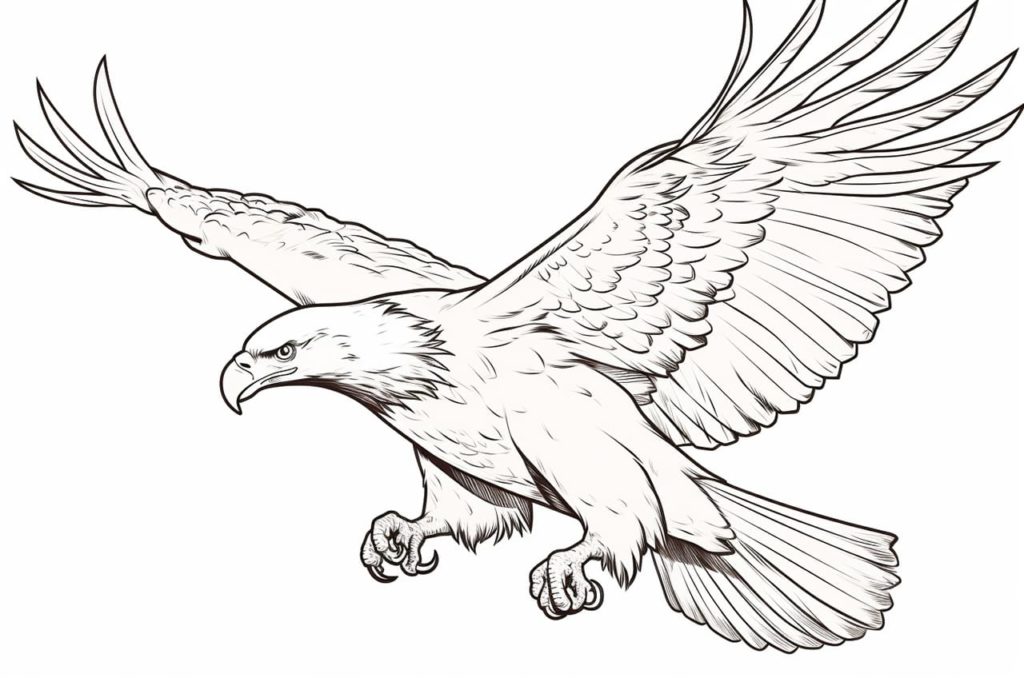
Fun Facts about the Bald Eagle
The Bald Eagle is a fascinating creature with a host of interesting characteristics. Here are some engaging facts about the Bald Eagle:
- National Symbol: The Bald Eagle was chosen as the national emblem of the United States on June 20, 1782, due to its long life, great strength, and majestic looks.
- Impressive Wingspan: Bald Eagles have a wingspan of 6 to 8 feet, making them one of the largest birds of prey in North America.
- Monogamous Birds: Bald Eagles mate for life, and they reinforce their bond with elaborate aerial displays that include locking talons together and spinning through the air.
- Long Lifespan: In the wild, Bald Eagles can live up to 20 to 30 years, and in captivity, they can live even longer.
- Highly Skilled Hunters: With sharp talons and a strong grip, Bald Eagles are proficient hunters. They primarily feed on fish but will also eat birds, small mammals, and carrion.
- Incredible Vision: Bald Eagles have an extraordinary vision that allows them to see four to five times farther than humans, with a sharp focus that helps them spot potential prey from a great distance.
- Aerial Acrobats: Bald Eagles are known for their aerial agility, and they can fly at speeds up to 35-44 miles per hour.
- Nest Architects: They build some of the largest nests of any North American bird. Some nests have been found to be 10 feet wide and weigh up to 2,000 pounds.
- Recovery from Endangerment: Bald Eagles were once listed as an endangered species due to hunting, habitat destruction, and the widespread use of the pesticide DDT. However, they made a significant comeback and were removed from the endangered species list in 2007.
- Distinct Appearance: Though named ‘Bald’, they are not actually bald. The term comes from an old English word “balde,” which means white, referencing the white plumage on their heads and tails that they develop as they mature, typically around the age of five.
- Symbol of Spiritual Significance: In various Native American cultures, the Bald Eagle is revered as a sacred bird and is believed to carry prayers to the heavens.
- Unique Calls: Contrary to their majestic image, Bald Eagles have a somewhat weak and chirpy call. In films, their calls are often substituted with the more menacing call of the Red-tailed Hawk.
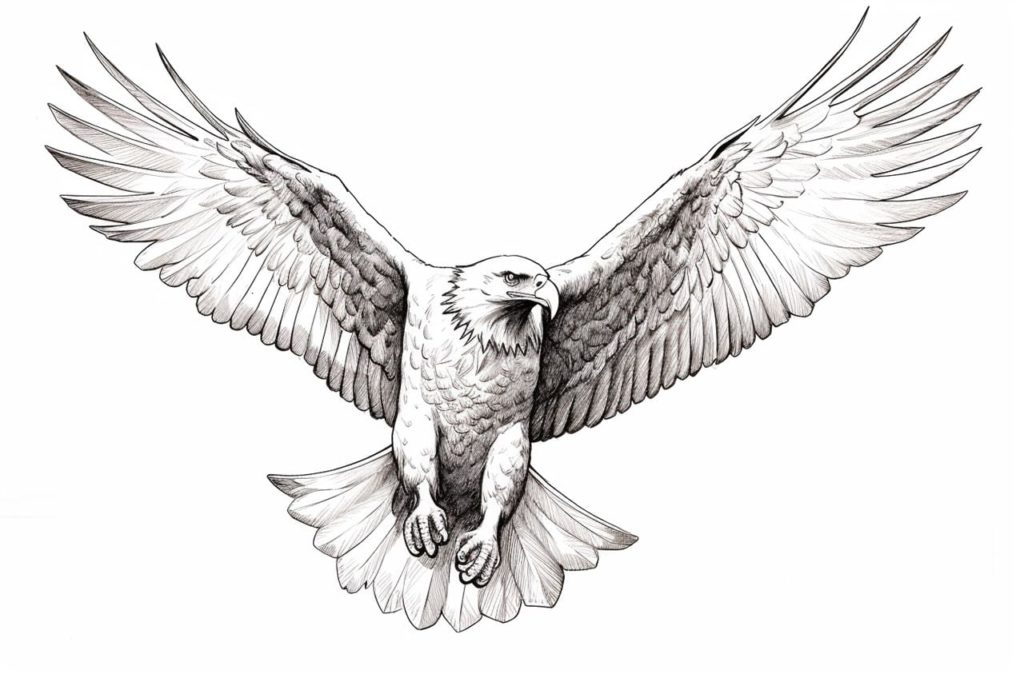
The Bald Eagle is not only a symbol of national pride but also a remarkable specimen showcasing the wonders of the avian world.
Now that you’ve learned how to draw a bald eagle and are empowered with fun and interesting facts, it’s time to crack out the pencils and start drawing!

